The 14th Century saw Europe torn apart and reinvented, and France was at the heart of it. The Black Death would kill perhaps eight million people, in France alone. Jews and lepers would be burned, on order of King Philip V. The Hundred Years War with England would rage. The Capetian dynasty would end. The Dukes of Burgundy, who controlled not only that modern French region, but also what are now the modern Benelux nations, sided with England, attempting to form a sort of middle kingdom, between the war-ravaged France and Germany. Under their patronage, Claus Sluter would launch the northern Renaissance.
In the 1330s, Pope Benedict XII began the massive renovation of the Avignon ecclesiastical palace, tranforming it into the grand Palais des Papes. In 1377, St. Catherine of Siena convinced Pope Gregory XI to return to Rome, which soon led to yet more schisms within the Church, including the election of an alternate pope in Avignon.
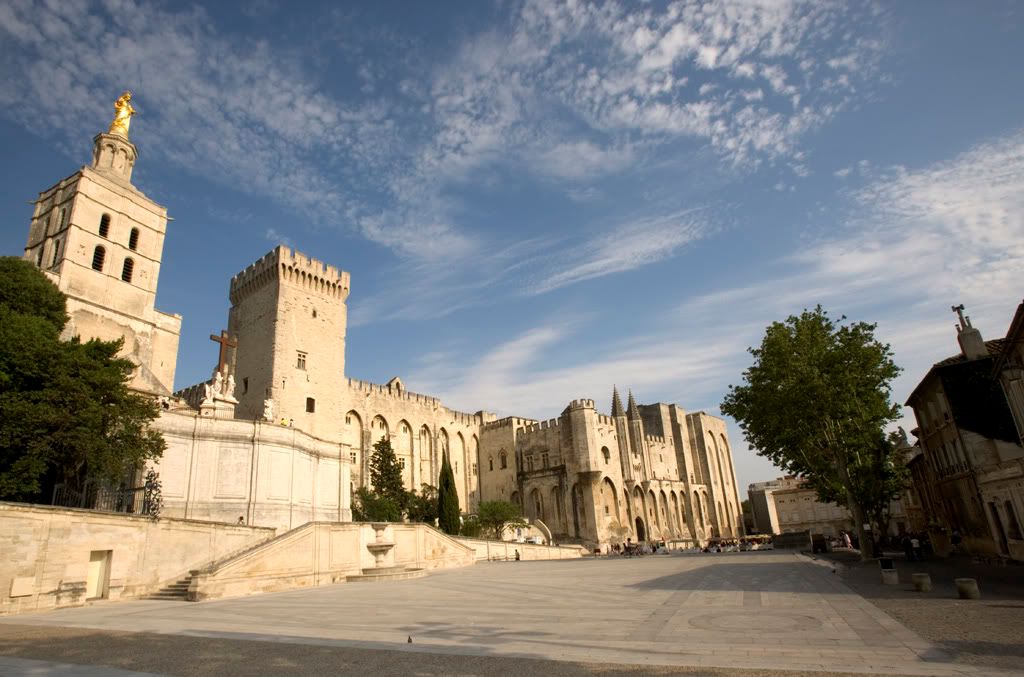
A collection of medieval catapult balls.

A courtyard.
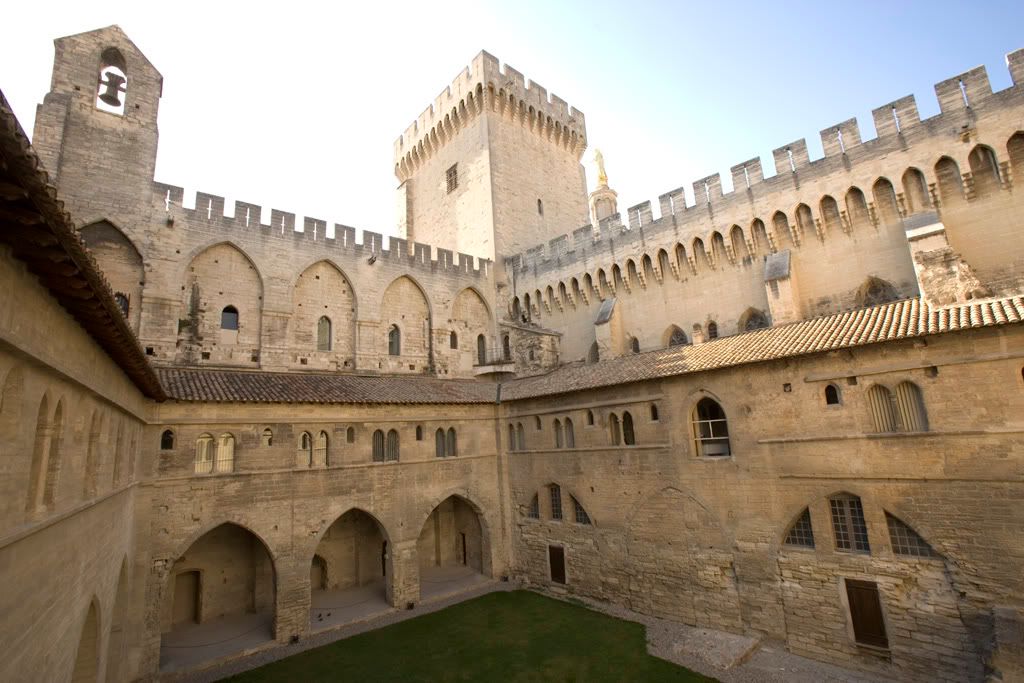 The interiors have been thoroughly ransacked and pillaged, but host exhibitions, and display some art.
The interiors have been thoroughly ransacked and pillaged, but host exhibitions, and display some art.
Views from the ramparts.
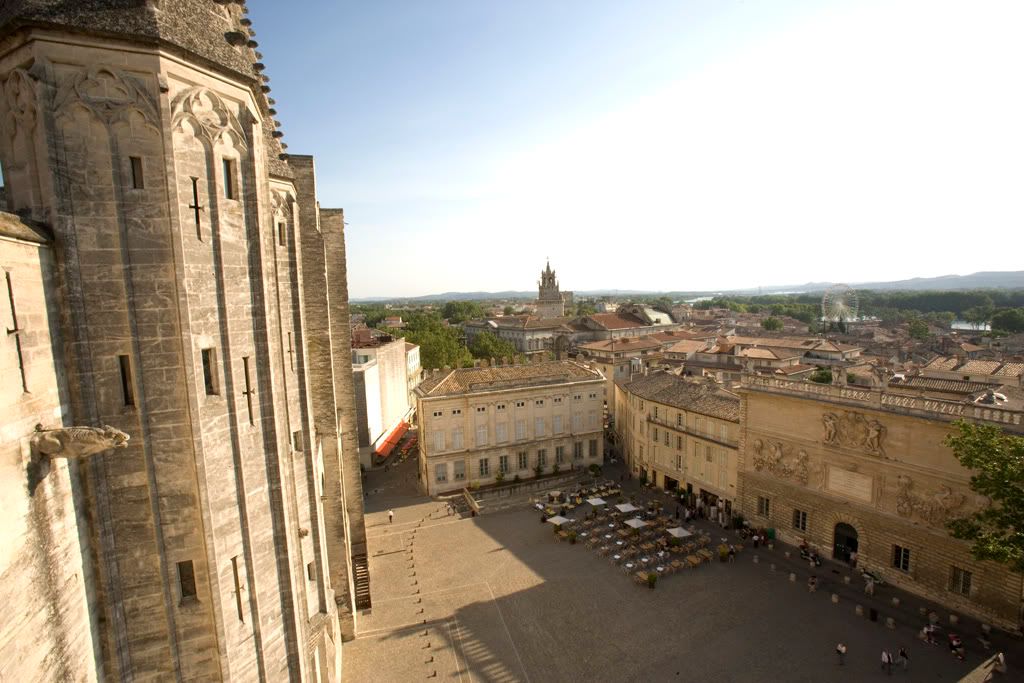
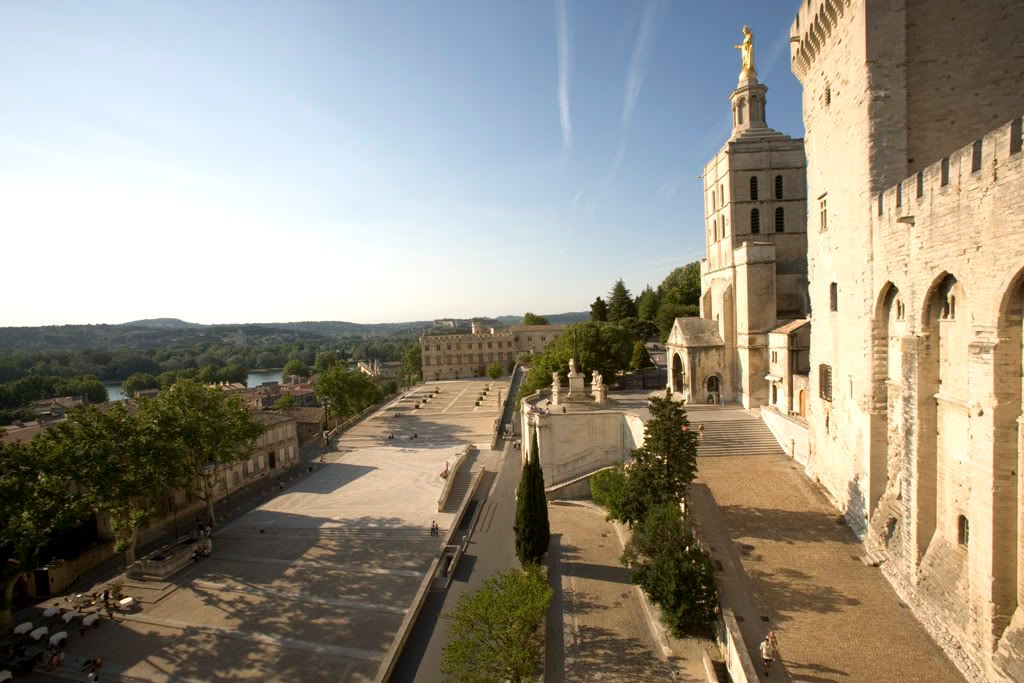
The Gothic palace chapel.

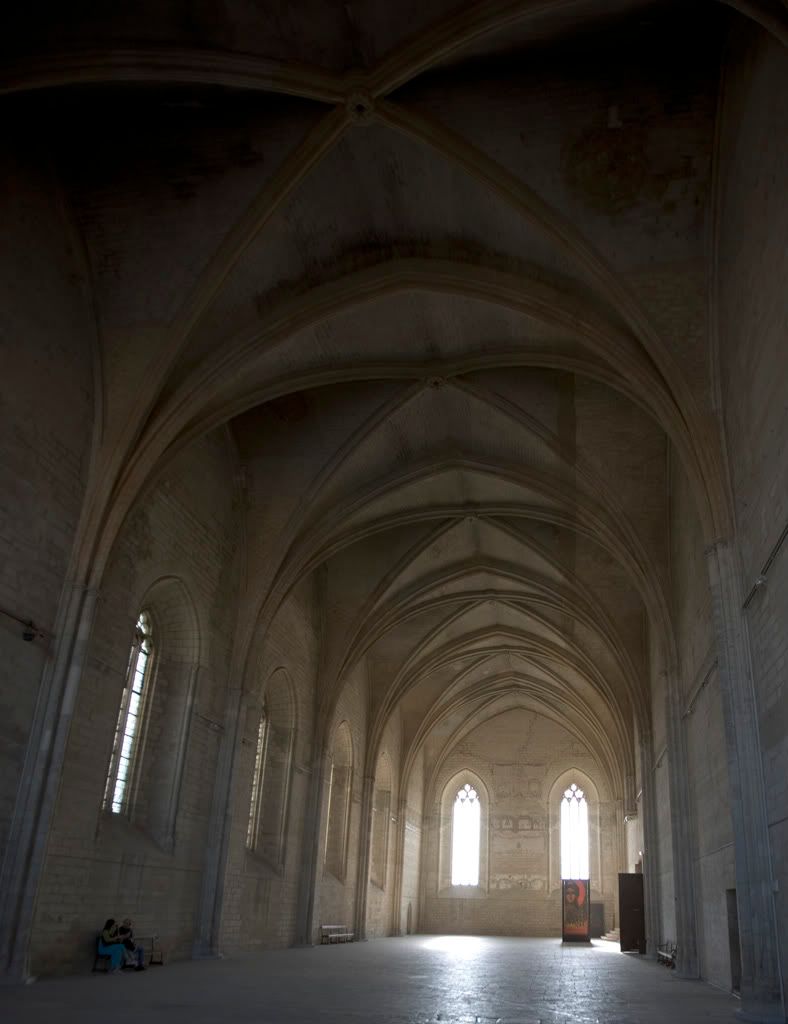
Evening.

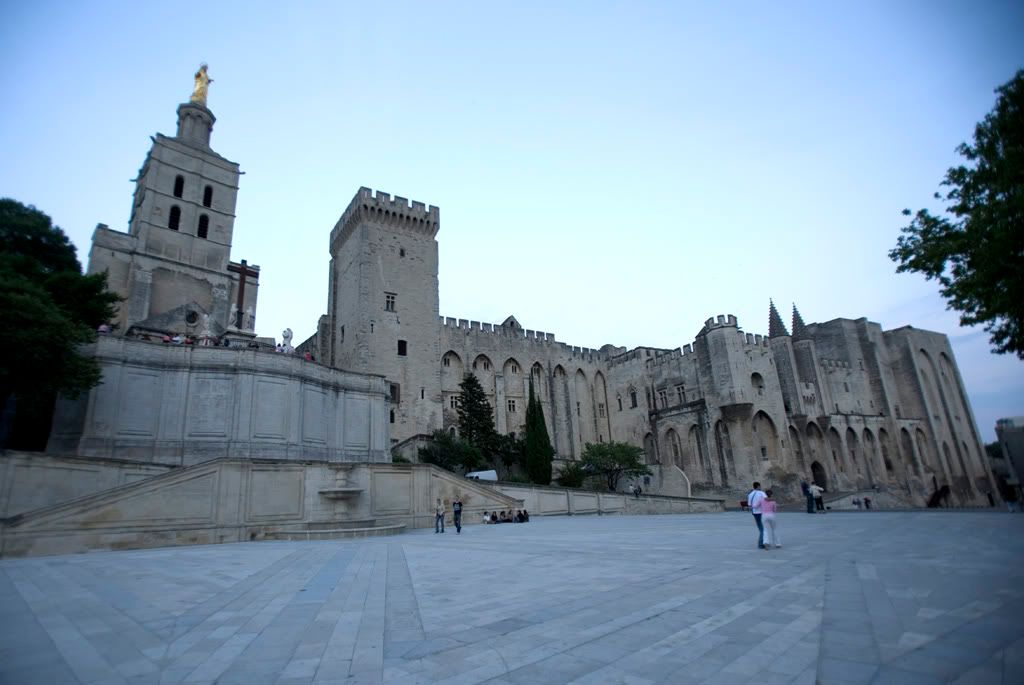
The Romanesque cathedral Notre-Dame des Doms is right next to the palace, and was mostly built in the 12th Century.
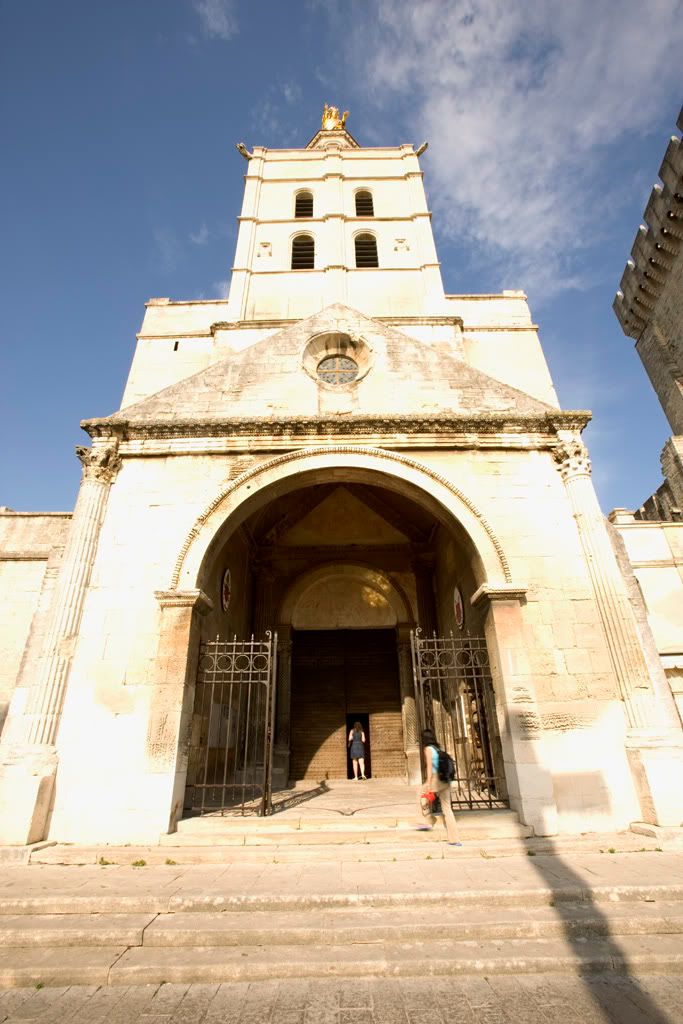
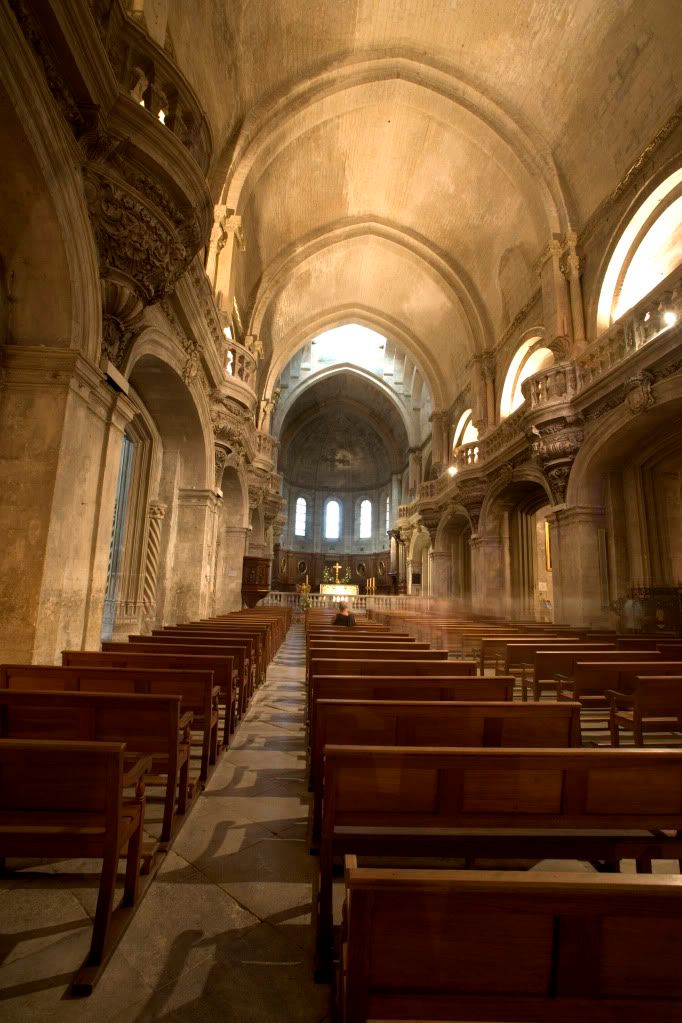
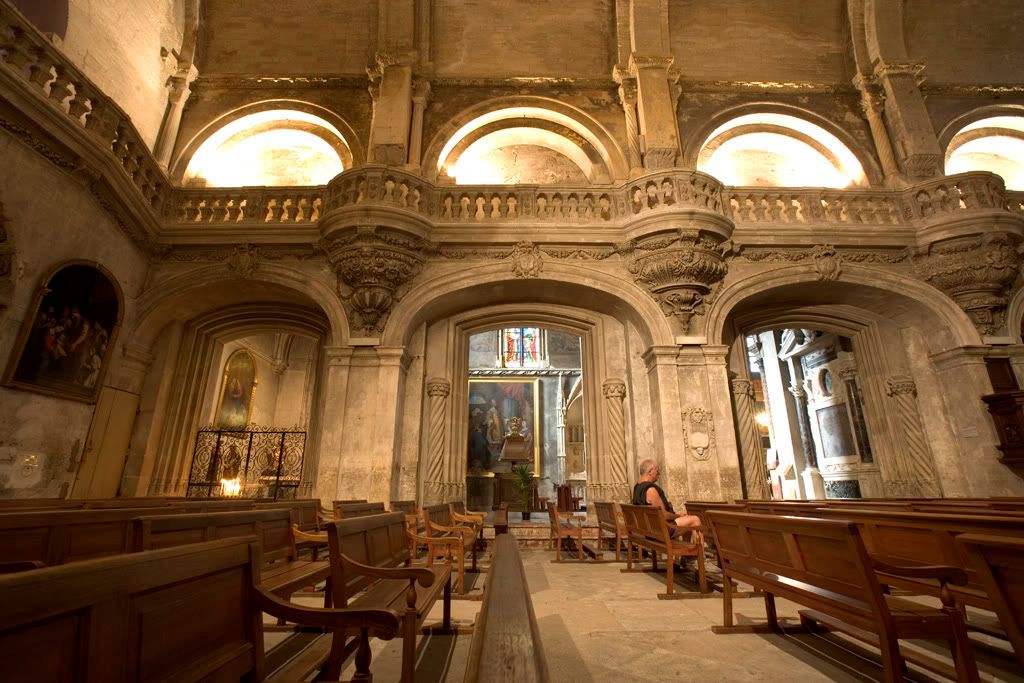
Avignon's medieval city walls.

The 12th Century Pont Saint-Bénézet crumbled, through the centuries, and was largely destroyed in a 1668 flood.

Modern Avignon.






No comments:
Post a Comment